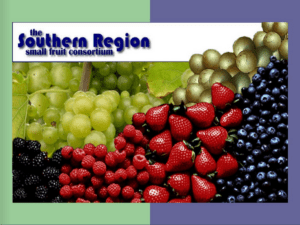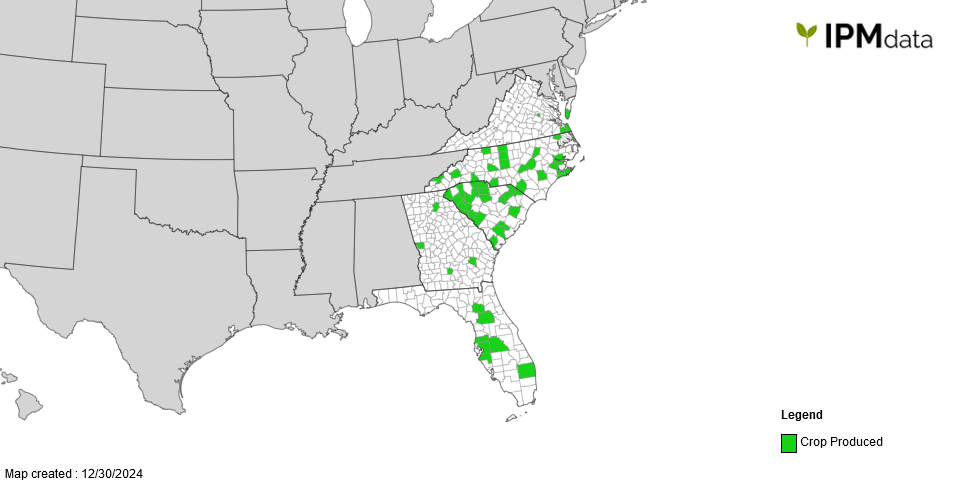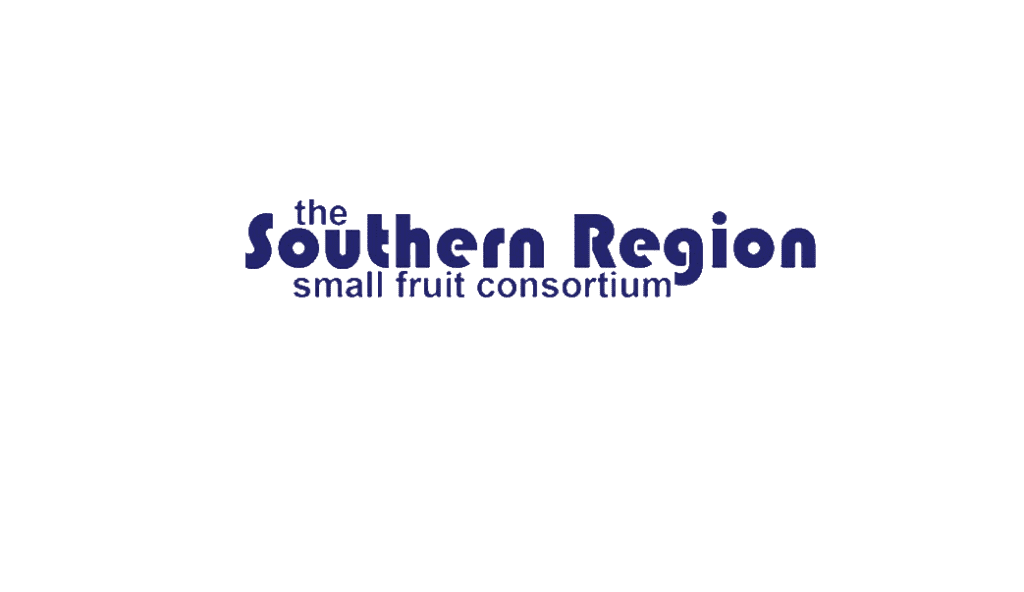Dec 30, 2024Southeast strawberries pest management plan published
The Pest Management Strategic Plan for Strawberries in the Southeast (PMSP) has been released.
The PMSP is for Virginia, North Carolina, South Carolina, Georgia and Florida growers.
Read about the plan here.
The states are all members of the Southern Region Small Fruit Consortium (SRSFC). The mission of the SRSFC is to develop collaborative efforts at various sites across the region between small fruit growers and grower organizations, industries and service organizations allied with and/or serving small fruit growers, agricultural Extension programs and research stations working together to enhance the development of the small fruit industries in the region, according to a news release.
In November 2023, 20 growers, university Extension specialists, industry representatives and USDA’s Office of Pest Management Policy plant pathologists met in Charlotte, North Carolina, to collect the PMSP data related to North Carolina and Virginia.


In January 2024, 38 additional growers, university Extension specialists, and industry representatives met in Savannah, Georgia, to collect the PMSP data related to South Carolina, Georgia and Florida. The PMSP for strawberry production in the southeast U.S. was developed with the pooled data from the workshop sessions.
The SRSFC University partners include Auburn University, University of Arkansas, University of Georgia, Louisiana State University, Mississippi State University, North Carolina State University, Clemson, University of Tennessee, and Virginia Polytechnic Institute and State University.
The Southeast region includes two of the top three strawberry-producing states in the U.S. Florida ranks No. 2, producing about 16% of the nation’s strawberries in more than 14,100 acres valued at $511 million dollars in 2023.
Despite a substantial difference in production and acreage, North Carolina ranks No. 3 among the largest strawberry-producing states, with ~2,000 acres valued at $23.4 million and grown in all 100 counties (2023).


The remaining states posses a range of producing acres between 200 in Virginia and up to 700 in South Carolina. The operations are mostly family-owned and dedicated to pick-your-own (PYO) systems. These continue to be a valuable source of income for small to medium size regional producers.
Similar insect and mite pests challenge strawberry growers in the region. However, pest management programs differ immensely throughout the region, especially in Florida, where more large-scale and industrialized production exists. Additionally, Florida is the only state in the region where the invasive pest, chilli thrips, has established and quickly became the most damaging pest in strawberries.
The workshop sessions aimed to develop a comprehensive list of pests, biological control agents and chemical and cultural control tactics used in the region. The priorities identified include Regulatory: Retain chemistries valuable for insect and mite pests, as well as diseases; Research: Develop/identify resistant cultivars to Neopestalotiopsis; Education: Develop early-detection tools to identify invasive thrips infestations in strawberry plantings outside Florida.
Grower participation was vital to developing the document. With their contributions, the researchers and Extension specialists are using the document to present the current challenges and needs of the strawberry industry in the Southeast region of the U.S., according to the release.
In addition to the input from the participants of the PMSP meeting, the online document cited sections from the Southern Region Small Fruit Consortium 2024 Strawberry IPM guide.
Growers can access the complete interactive document here or visit the National IPM Center website and search the Pest Management Strategic Plan database.















